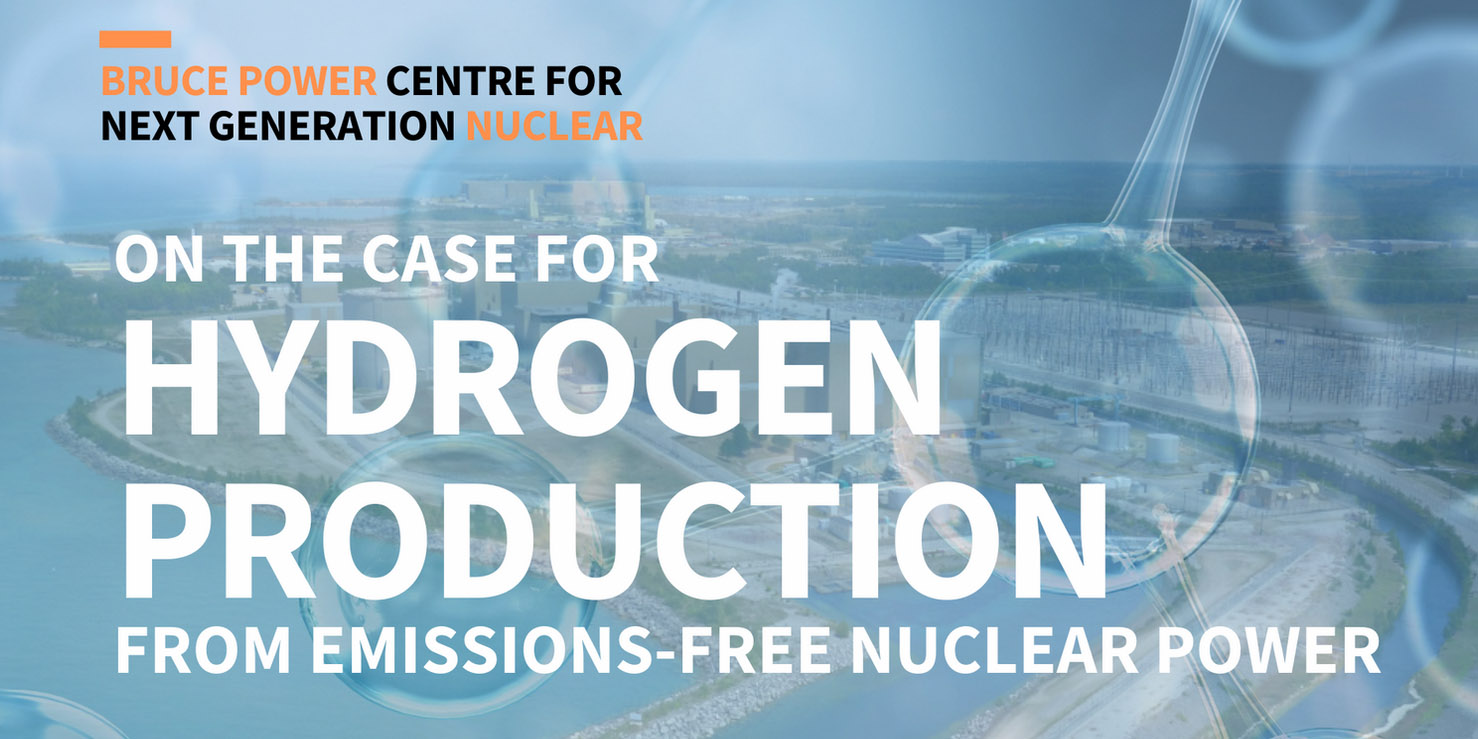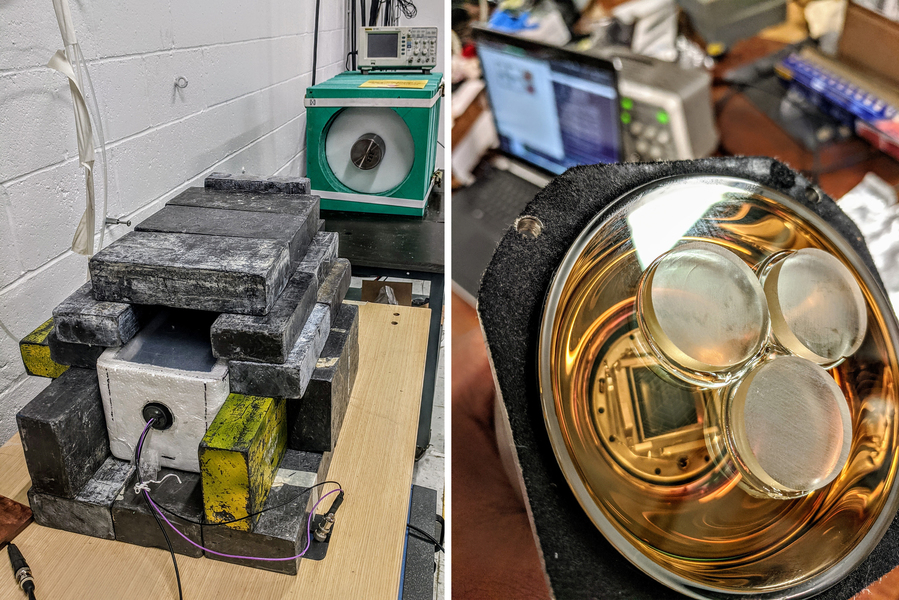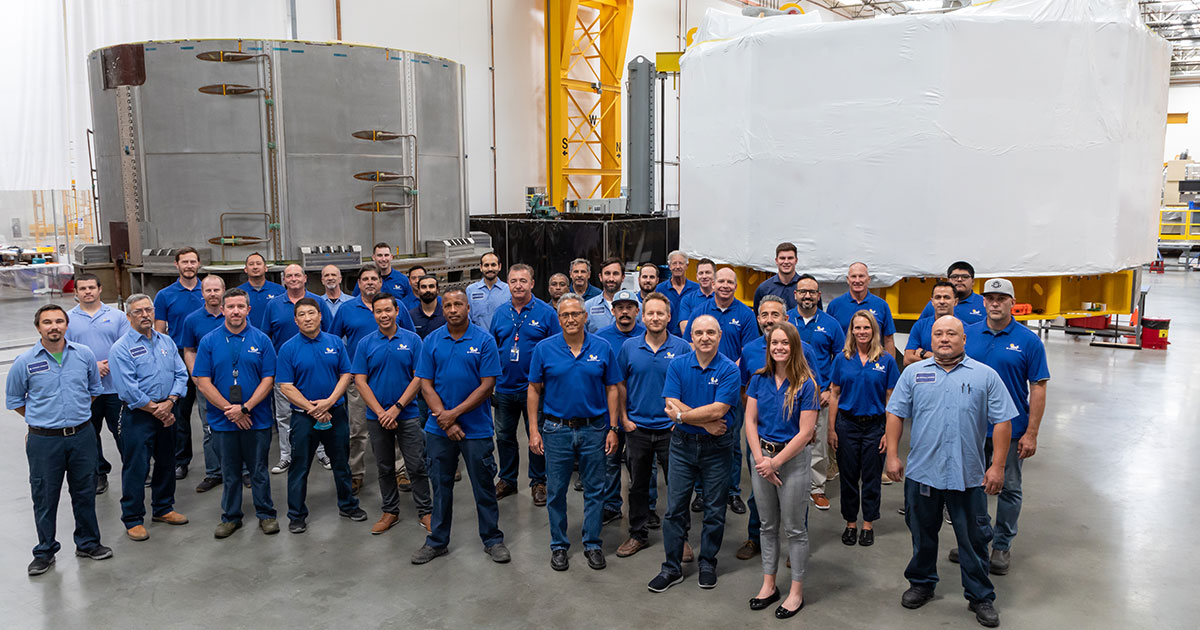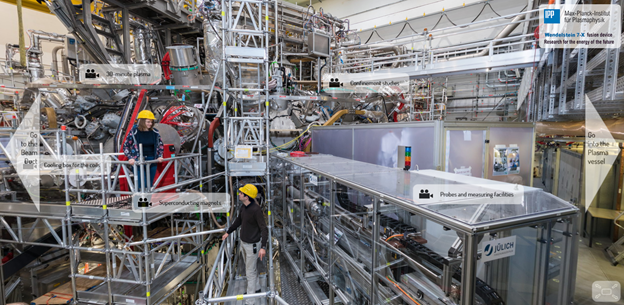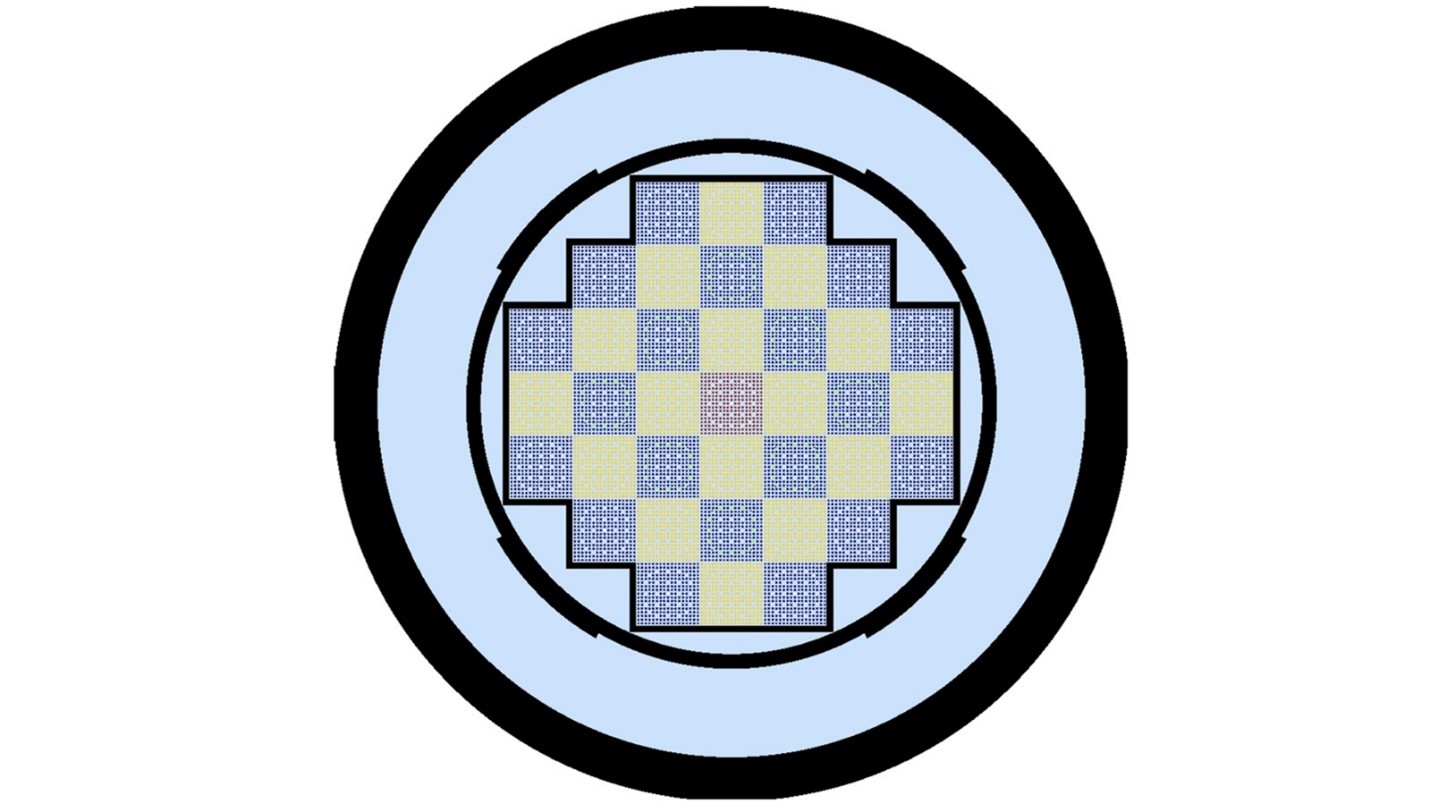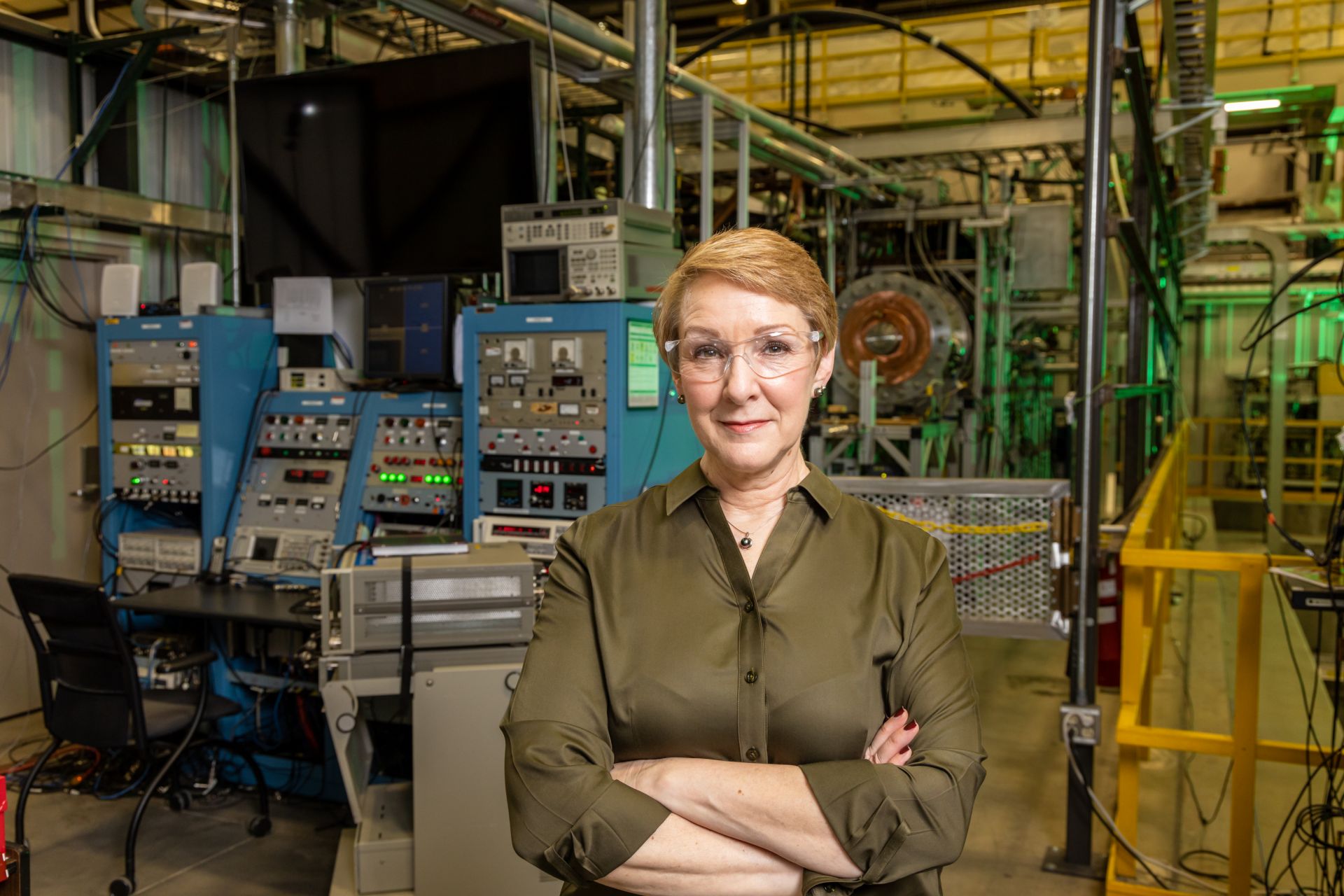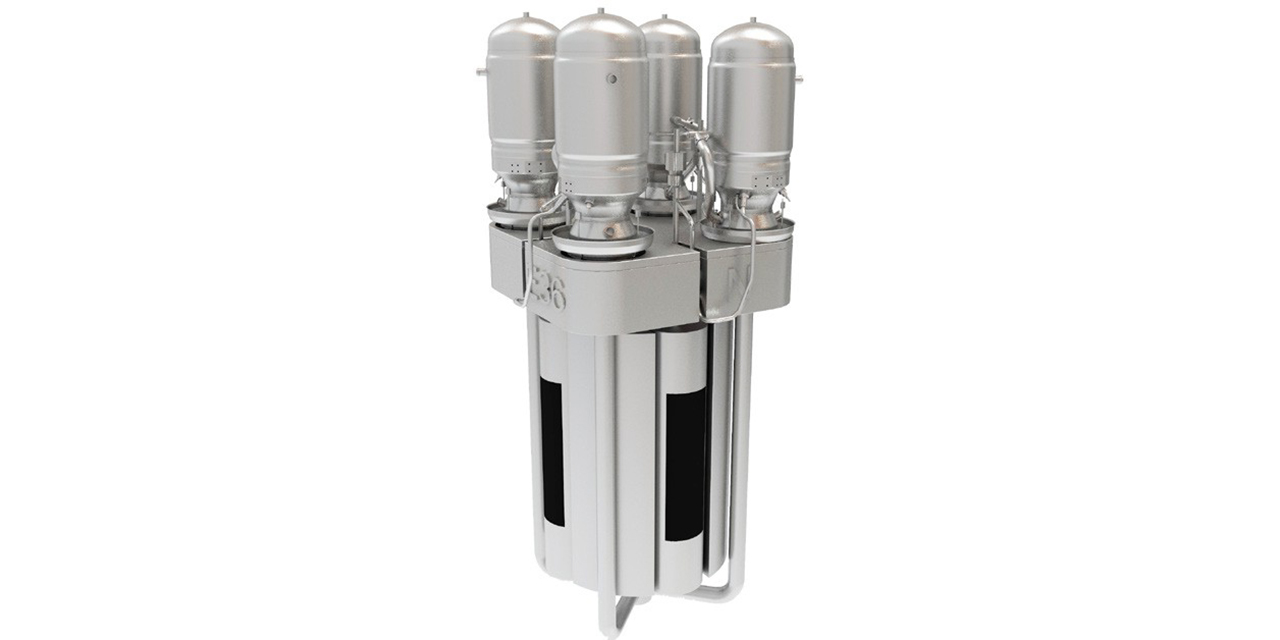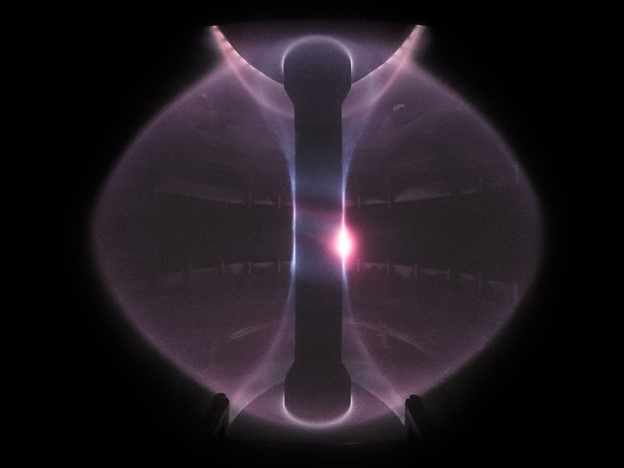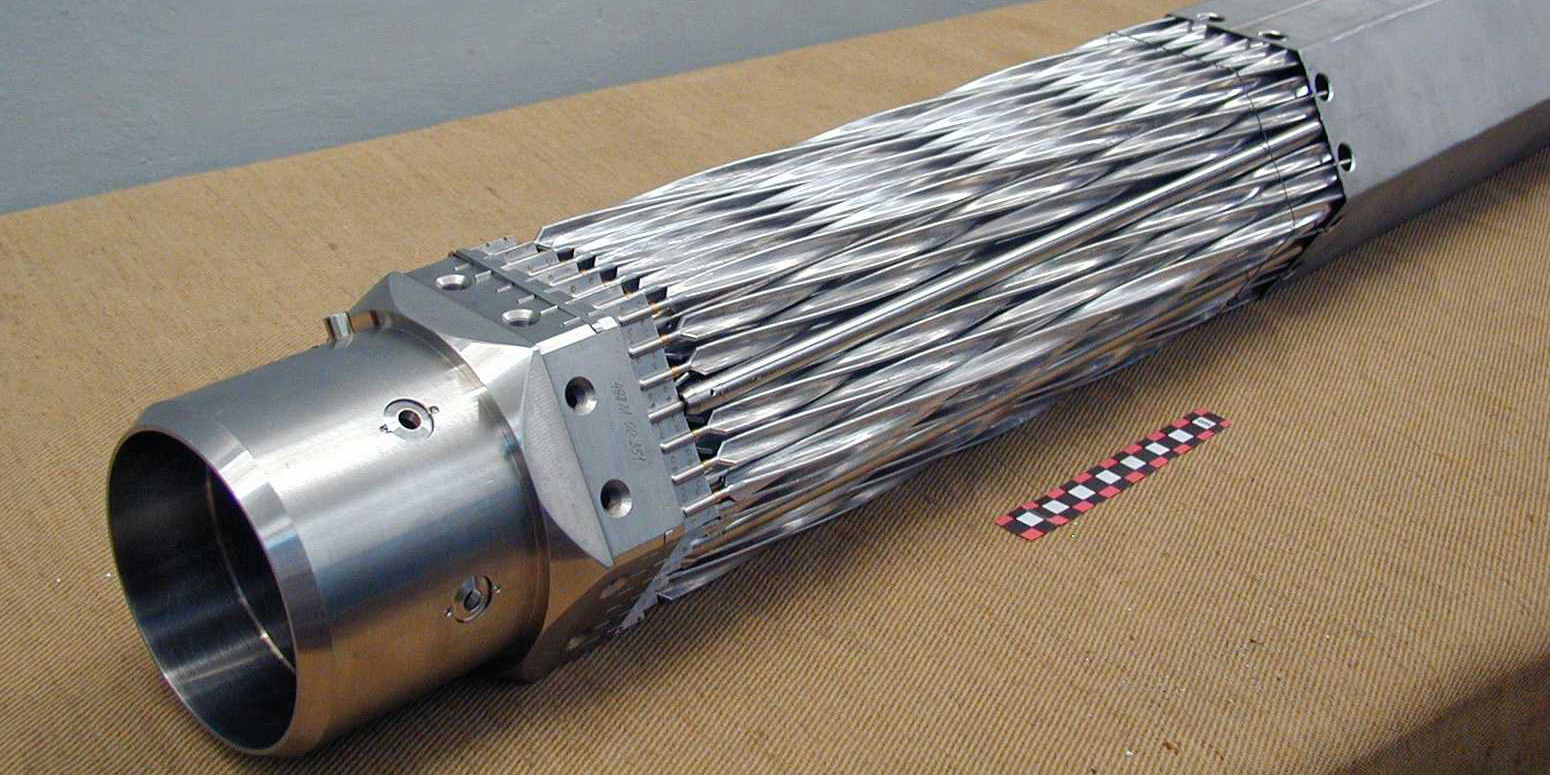Introducing the molten salt nuclear battery
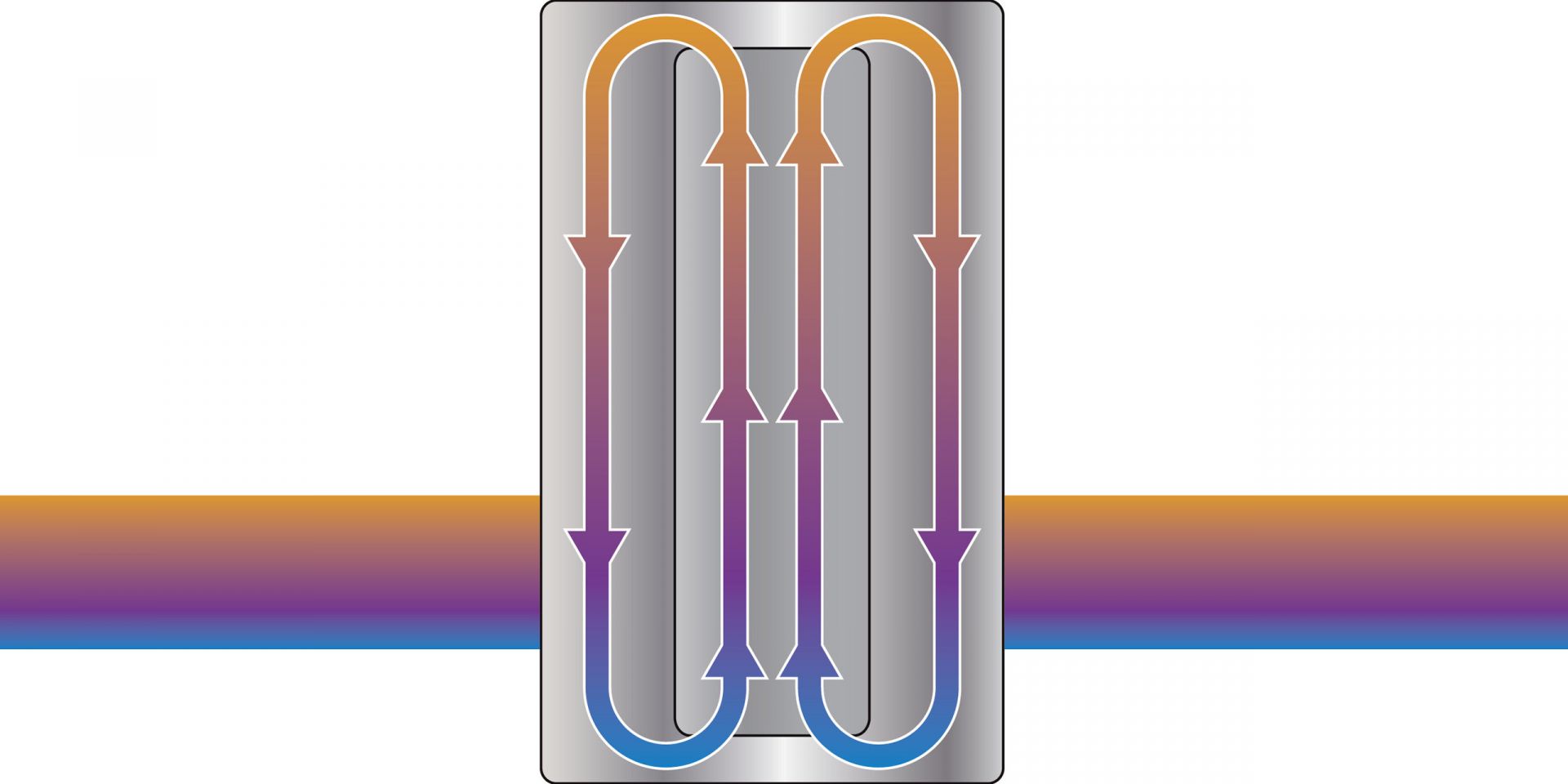
Molten salt reactor technology first gained popularity in the 1960s, through the Molten Salt Reactor Experiment program at Oak Ridge National Laboratory. Now, decades later, a technology known as the molten salt nuclear battery (MsNB) is being developed to support the growing need for carbon-free, reliable, independent, and compact sources of small-scale heat and electrical power.


